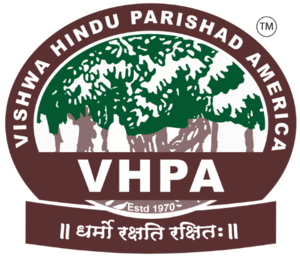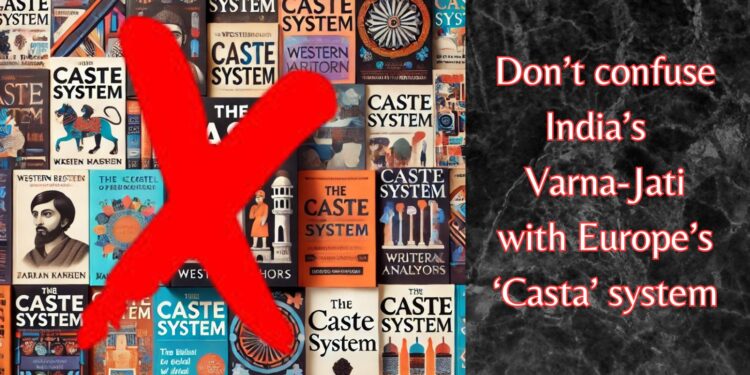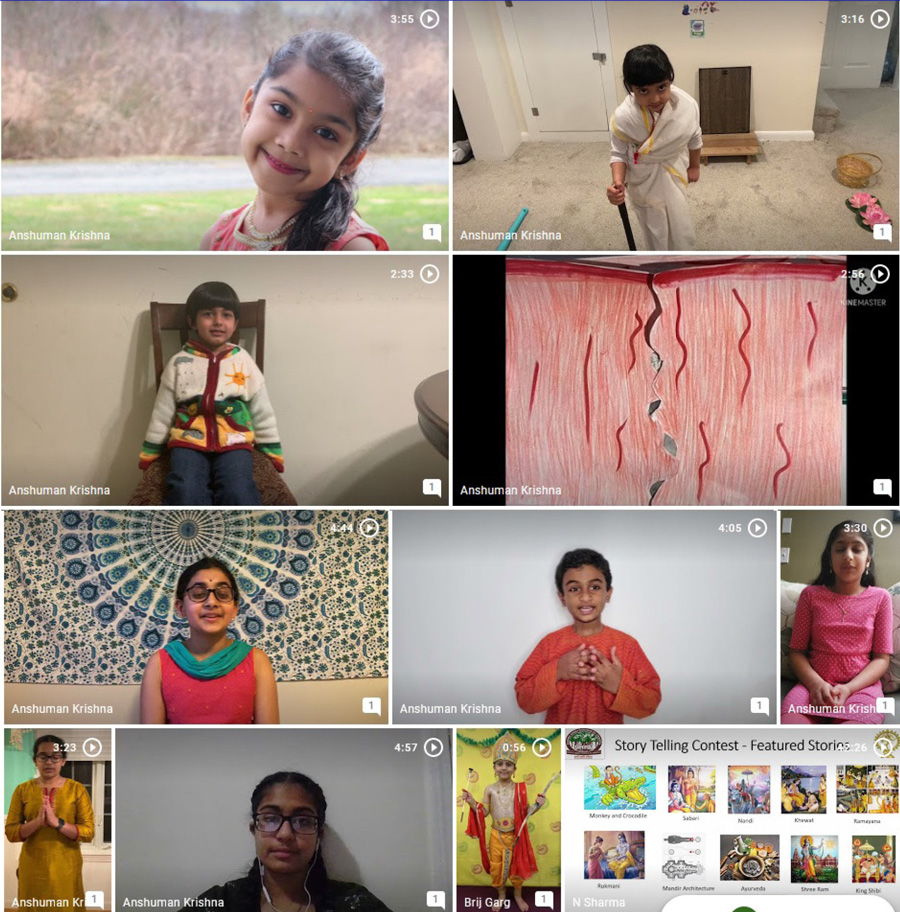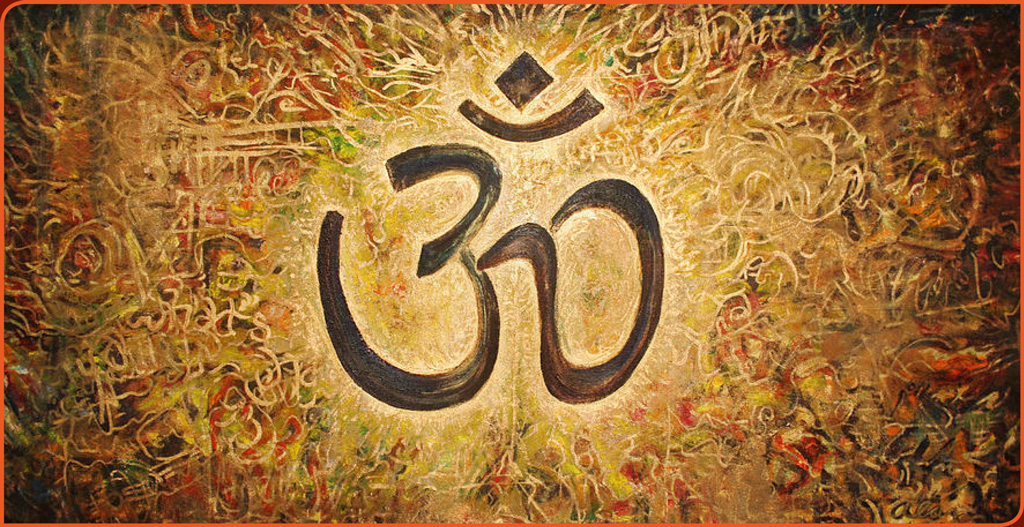In Western society, Hinduism is often taught by focusing on the caste system, making it seem like caste is its most important feature. Many people see the caste system as unfair because they think it was created to divide people into strict high and low social groups. However, the truth is quite contrary to this belief. This idea mostly comes from a misunderstanding spread by European colonizers. In its original form, the Sanaatan Dharma society was built on a Varna-Jati system that was quiet flexible and not designed to create inequality. When the British took control of India, they reshaped this system to fit their own rigid social ranking, making it seem much stricter and more unfair than it originally was.
Varna-Jati System
Ancient Indian society was organized through Varna and Jati, not the caste system. In fact, there is no word for caste in Hindu texts. The word “caste” comes from the Portuguese word casta, the term used to classify people in Europe based on birth. Contrary to the Portuguese system, a person’s Varna was not based on birth but on his/her natural talents and interests.
The Varna system divided society into four groups: Brahmins, Kshatriyas, Vaishyas, and Shudras. Some ancient Indian texts used a metaphor to compare these groups to different parts of Lord Brahma, the Creator in Sanatan Dharma. The Brahmins, representing the head, were the teachers and priests known for their wisdom and knowledge. The Kshatriyas, symbolizing the strong shoulders, were the warriors and rulers responsible for protection and leadership. The Vaishyas, representing the thighs, were the merchants, traders, and businesspeople who supported the economy. Finally, the Shudras, symbolizing the feet, performed essential labor and service jobs that kept society running. This comparison was meant to show that, as different parts of the human body work together, every group plays a vital role in keeping society balanced and functioning smoothly.
While Varna focused on a person’s natural talents, Jati connected people with their professions. Since people in ancient societies didn’t move around much, most children grew up learning the same jobs as their parents. A teacher’s child would likely become a teacher, a soldier’s child would train to be a soldier, and a merchant’s child would learn how to run a business. In many ways, the Jati system was similar to how jobs worked in medieval Europe, where children often followed in their parents’ footsteps and took up the same profession.
British Changed Everything
When the British colonizers took control of India, they tried to reshape Indian society to match the class system in Britain. They also wanted to weaken the Jati system, which had been an essential part of India’s society for centuries, by creating false divisions between “higher” and “lower” classes. This “Divide and Rule” strategy was meant to break apart Indian society, making it easier to control the people and promote conversion to Christianity.
One of the most significant changes happened during the 1901 Census when the British forced Indians to choose a caste from a list that British officials had created. Before this, people didn’t see themselves in such strict categories. However, once these classifications became official, they created deep divisions in Indian society, effects that can still be seen today.
Anti-Brahmin Propaganda
The British rule in India was mainly about taking wealth and controlling the people. However, this wasn’t easy because India was a vast and advanced civilization with a strong cultural identity. To weaken this identity, the British spread false narratives that made Indian society seem primitive and unorganized.
One of the biggest obstacles to British propaganda was the Brahmins—the intellectuals, teachers, and scholars of society. Since Brahmins had the knowledge to expose British lies, the British needed a way to reduce their influence. They did this by portraying Brahmins as villains, blaming them for all kinds of social problems, and making them the target of hate. Their propaganda was so effective that even today, many people, including Indians themselves, believe these false stories about Brahmins and the caste system.
All societies have some discrimination
We are not saying that there was never any discrimination in the Varna-Jati system or that some Brahmins didn’t take advantage of their position. However, social divisions have been a part of every society throughout history. In Europe, class oppression was extreme, with peasants being treated terribly by feudal lords. The Christian priestly class also misused its power in many ways. In comparison, the problems within the Varna-Jati system and among Brahmins were not as severe as the abuses of power in Europe.
India’s Efforts to Fix the Damage
After the British created a rigid class system, Indian society became more divided. However, after gaining independence in 1947, India took steps to correct these injustices. The government introduced strong affirmative action programs to support those who had been affected by the caste system. These programs are even more extensive than similar efforts in the U.S. to help former slaves. India’s initiatives include reserved seats in higher education, job opportunities, and social welfare programs designed to create a fairer and more equal society.
Summary
The original Varna-Jati system was much more flexible than the strict caste system that the British forced onto it. However, colonial distortions have caused many misunderstandings about India’s social structure. No society is completely free from social divisions, but the British made them worse for their benefit. Even though the damage was severe, India has worked hard to reverse its effects through social reforms and affirmative action. Understanding this history is essential because it helps challenge false beliefs and clarifies India’s rich and complex society.
Sources
https://stophindudvesha.org/secrets-of-the-caste-system-that-no-one-told-you/
https://stophindudvesha.org/tracing-the-roots-indias-dalit-problem-the-criminal-tribes-act-of-1871/




![[ India Today ] Ohio senator JD Vance thanks wife, a Hindu, for helping him find Christian faith](https://hinduvishwa.org/wp-content/uploads/2024/06/us-senator-jd-vance-reveals-how-his-hindu-wife-usha-helped-him-find-his-christian-faith-image-re-272530504-16x9_0-120x86.webp)









